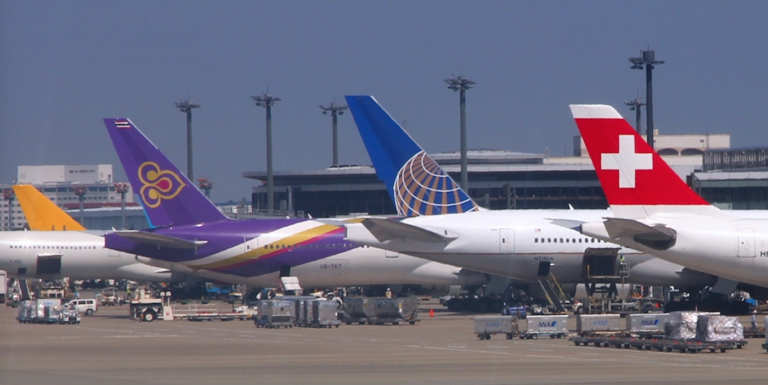3 July, 2020: As we put together July’s Aviation Resilience report, this week alone has seen some major progress and developments in the recovery of the aviation sector. Just this morning, Aircraft Interiors International was the first media outlet in the world to report that the UK Government has compiled a list of countries that passengers can fly from without requiring a 14-day quarantine period upon arrival in England, together with a relaxation of its advisory to limit non-essential travel. This is a hugely positive development for UK aviation.
Also this week, the UK Prime Minister, Boris Johnson, announced his ambition for the country to become a “science superpower”, with one initiative being of particular interest for the aviation sector: a ‘green’ passenger jet.
“As part of our mission to reach Net Zero CO2 emissions by 2050, we should set ourselves the goal now of producing the world’s first zero-emission long-haul passenger plane. Jet Zero, let’s do it,” stated Johnson.
A new aircraft is tremendous news for the aerospace industry, both in the UK and abroad, especially for the current roster of companies with an interest in the project, which include Airbus, Boeing, British Airways, Jet2.com, Rolls-Royce, United Technologies, Virgin Atlantic, easyJet, dnata, and several airports. Factor in the wider supplier network and the benefits of the aircraft for the aerospace industry are potentially as huge as its environmental benefits.
This week also saw signs of another major boost for the aviation industry appear on the horizon, as the FAA conducted three days of flight tests to evaluate the updated Boeing 737 MAX. The FAA says that Boeing has further work to do before the aircraft is recertified and introduced back into service, but I am confident any changes will be achieved – and judging by the surge in Boeing’s share price, so are its investors.
There have also been some remarkable surges in airline operations this week, a notable example being United Airlines tripling its August schedule by adding 25,000 flights. Indeed flight schedules are growing around the world, with another big story coming from Lufthansa Group, which is massively ramping up its operations. Lufthansa Group expects that more than 90% of all its originally planned short- and medium-haul destinations will be served again by the end of October, together with over 70% of its long-haul destinations.
Also of interest is a dynamic developing between the US-based airlines. Delta, jetBlue and Southwest are sticking with their blocked middle seat policies as a gesture towards social distancing, a policy which United has dismissed as a mere PR strategy with no real safety benefits. Whether genuine concern or a PR opportunity enabled by a fall in bookings, it will be interesting to see how strictly those vacant seat policies are adhered to as passenger load factors grow.
Indeed a test for the US airlines is imminent, with the 4th of July Independence Day weekend about to begin. Travel analytics company, ForwardKeys, has found that bookings for the start of the weekend are just 16.9% behind those of the same day in 2019. If that figure is accurate, it is quite remarkable given the current levels of Covid-19 in the USA.
There are many other remarkable statistics being produced every week, but we must remember that as aviation went from an incredible growth period to a sudden grounding, some figures – good and bad – can be somewhat skewed. In saying that, there is some relief in knowing aviation definitely seems to be past the worst and is now on the recovery curve. The form of that curve is still taking shape for the sector, but confidence is growing in many parts of the world, from both airlines and the potential flying public. Whether recovery takes the form of a U, a ‘Nike swoosh’ or the ideal sharp V, it is heading in the right direction.
This period has also driven rapid responses in the aircraft interiors industry – a sector that is quick of thinking but often slow in execution. Some initiatives implemented to help reassure passengers of cabin safety and cleanliness may be knee-jerk responses while others will be here to stay for longer, but we will be closely following all developments and reporting them on our website. Aviation is looking to the aircraft interiors sector to deliver the measures required to build passenger confidence at this crucial time.
I have a feeling we’re in for another fascinating month in aviation (indeed who knows what next week alone will bring) and hopefully it will enjoy some of the positive growth that many industry forecasts suggest. Indeed I will be monitoring the Independence Day flight statistics with great interest. If ForwardKeys’ projections for the weekend bear out it will show the true strength of people’s need and desire for air travel – an urge which might just make the recovery of aviation as swift as it is inevitable.





